Mikasa Trellis Bone China Serving Bowl: 1,508 ppm Lead in the logo on the back + 187 ppm Lead on the food surface of the dish
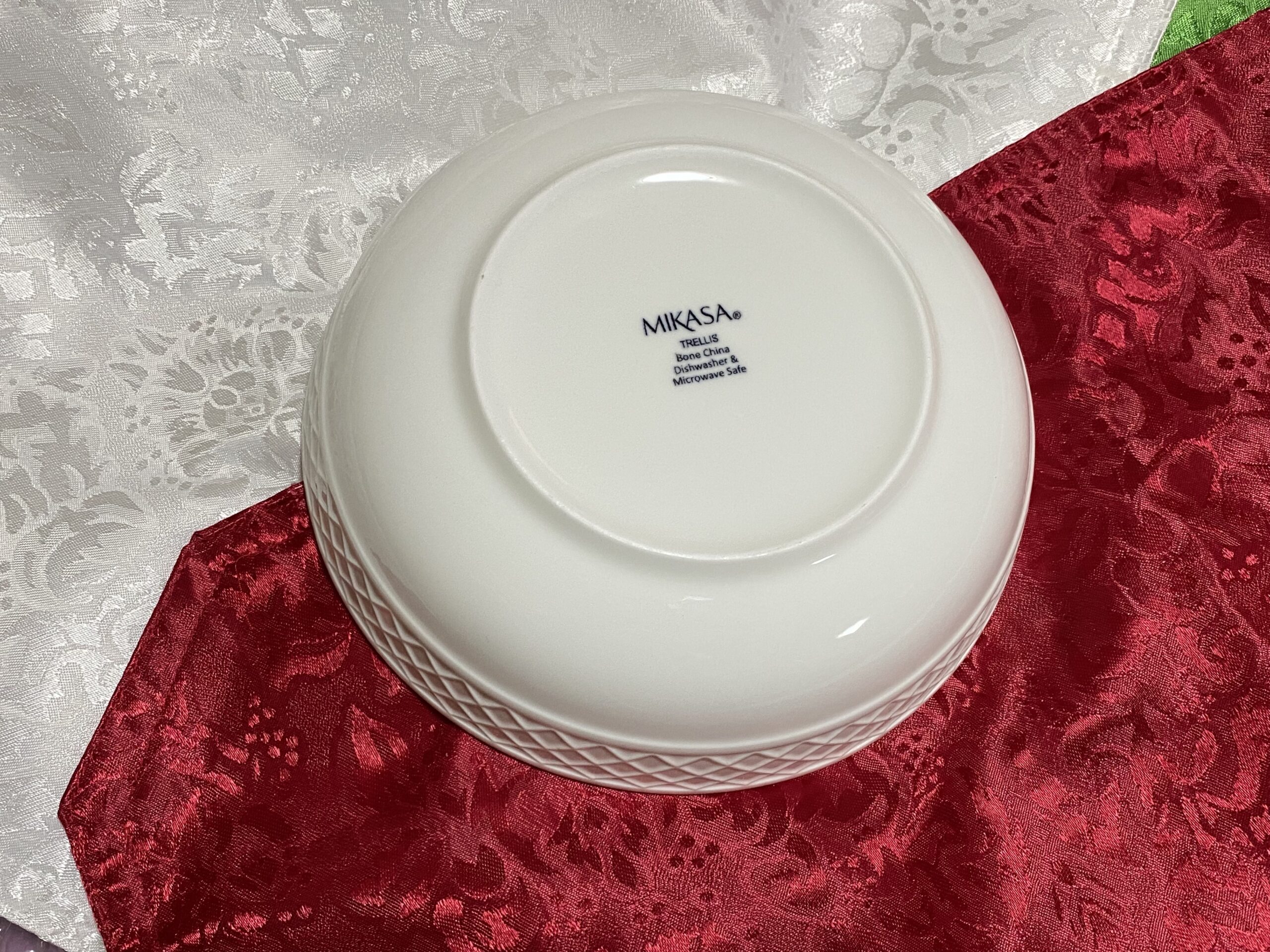
For those new to this website:
Tamara Rubin is a multiple-federal-award-winning independent advocate for childhood Lead poisoning prevention and consumer goods safety, and a documentary filmmaker. She is also a mother of Lead-poisoned children (two of her sons were acutely Lead-poisoned in 2005). Since 2009, Tamara has been using XRF technology (a scientific method used by the U.S. Consumer Product Safety Commission) to test consumer goods for toxicants (specifically heavy metals — including Lead, Cadmium, Mercury, Antimony, and Arsenic). Tamara’s work was featured in Consumer Reports Magazine in February 2023 (March 2023 print edition).
The specific XRF test results for the Mikasa Trellis pattern bone china dish pictured in this article are below:
Reading #1) center of the food surface of this dish
60-second test
- Lead (Pb): 187 +/- 10 ppm
- Cadmium (Cd): non-detect
- Mercury (Hg): non-detect
- Bromine (Br): non-detect
- Chromium (Cr): 929 +/- 128 ppm
- Manganese (Mn): 262 +/- 78 ppm
- Iron (Fe): 968 +/- 54 ppm
- Copper (Cu): 49 +/- 13 ppm
- Zinc (Zn): 52,700 +/- 600 ppm
- Zirconium (Zr): 4,647 +/- 63 ppm
- Tin (Sn): 20 +/- 5 ppm
- Barium (Ba): 4,835 +/- 81 ppm
- No other metals were detected in consumer goods mode.
Reading #2) Logo area (with black print) on the back of this dish
60-second test
- Lead (Pb): 1,508 +/- 29 ppm
- Cadmium (Cd): non-detect
- Mercury (Hg): non-detect
- Bromine (Br): non-detect
- Chromium (Cr): 1,249 +/- 134 ppm
- Manganese (Mn): 252 +/- 79 ppm
- Iron (Fe): 2,465 +/- 77 ppm
- Cobalt (Co): 1,361 +/- 48 ppm
- Nickel (Ni): 536 +/- 35 ppm
- Copper (Cu): 63 +/- 14 ppm
- Zinc (Zn): 46,400 +/- 500 ppm
- Zirconium (Zr): 3,698 +/- 51 ppm
- Tin (Sn): 14 +/- 4 ppm
- Barium (Ba): 4,168 +/- 71 ppm
- No other metals were detected in consumer goods mode.
All areas are tested multiple times to confirm the results.
Test results are science-based, accurate, and replicable.
We report one full set of test results for each component tested in this article.
Some additional information regarding these test results
How much Lead is “too much” Lead?
The backmark (logo in black) on these particular dishes tested positive for 1,508 ppm Lead. The food surface of the dish was positive for 187 ppm Lead. For context, the amount of Lead considered toxic (illegal and unsafe) in a newly manufactured item “intended for use by children” is anything 90 ppm Lead or higher in the paint, glaze, or coating, and anything 100 ppm Lead or higher in the substrate. Dishes (modern or vintage) are not considered by most regulatory bodies to be items “intended for use by children,” and thus are not regulated for total Lead content (in the paint/ glaze or in the substrate) in the same way as toys and other similar children’s items (unless they are dishes expressly manufactured, marketed, and sold as children’s dishes after 2010).
Why is this much Lead a problem?
As both a mother of Lead-poisoned children and an environmental activist, I have taken the (science-backed) stance that there is no place for Lead on our dining tables (or in our kitchens). None at all. Separately, all federal agencies agree that there is no safe level of Lead exposure for humans, especially for children. Said another way, Lead can cause harm at any level of exposure.
It literally just takes a microscopic amount of Lead to poison a child (or any human for that matter) and there is currently NO ONE (no scientific body or educational institution) studying the potential impact that eating off of dishware with trace Lead on the exterior (or lower levels of Lead on the food surface) has on the users (because no corporation has identified a direct financial benefit from such a study). Consequently, given Lead’s extreme toxicity, it is a good idea to err on the side of prudence and proactively remove all potential sources of Lead exposure from our homes ourselves, starting with the easy things like the dishes we choose to eat on every day. You can find some suggestions for truly Lead-free dishes on this link.
The primary concern: While these dishes were likely leach tested at the time of manufacture (and probably deemed to be in compliance with all current regulatory standards and 100% safe — when in new condition), leach testing does not take into account potential toxicant exposure from heavy metals in the outside decorative elements (or logo markings) on a dish. It also does not take into account what might happen with the lower levels of Lead on the interior of the dish when the dish wears over time — especially after years (or decades) of daily use in a home (and specifically with hot or acidic foods that may be microwaved in the dish, like tomato based soups or other foods containing vinegar and lemon juice). This concern is discussed in detail at this link.
Related links & additional reading
- In general, Mikasa is a brand that consistently tests positive for high levels of Lead in one ore more components. You can see more examples of Mikasa products we have tested and reported on by clicking this link.
- Some folks might say… “Well, why is it a problem if the Lead is on the outside of the dish?” Here’s an article discussing that concern.
- This is an overview article about the concern for Lead in pottery and dishware (even if it met/ complied with applicable safety standards at the time of manufacture).
- This article has a specific example of how much Lead it takes to poison a child.
- This article discusses the potential for aggregate lifetime exposure to low level sources of lead in our homes.
- Here’s a link to the documentary feature film I directed and produced. The film is a deep dive into the concern for childhood Lead exposure and the impact on families.
- If you are new here on Lead Safe Mama dot com, you may want to check out the website menu, which has quick buttons to many of the item categories that we have tested. Here’s the website menu link (it is also linked at the top of every page on the website).
If you have additional questions after checking out the supporting information in the above links, please feel free to leave a comment below and I will do my best to answer your questions personally as soon as I have a moment!
Tamara Rubin
#LeadSafeMama
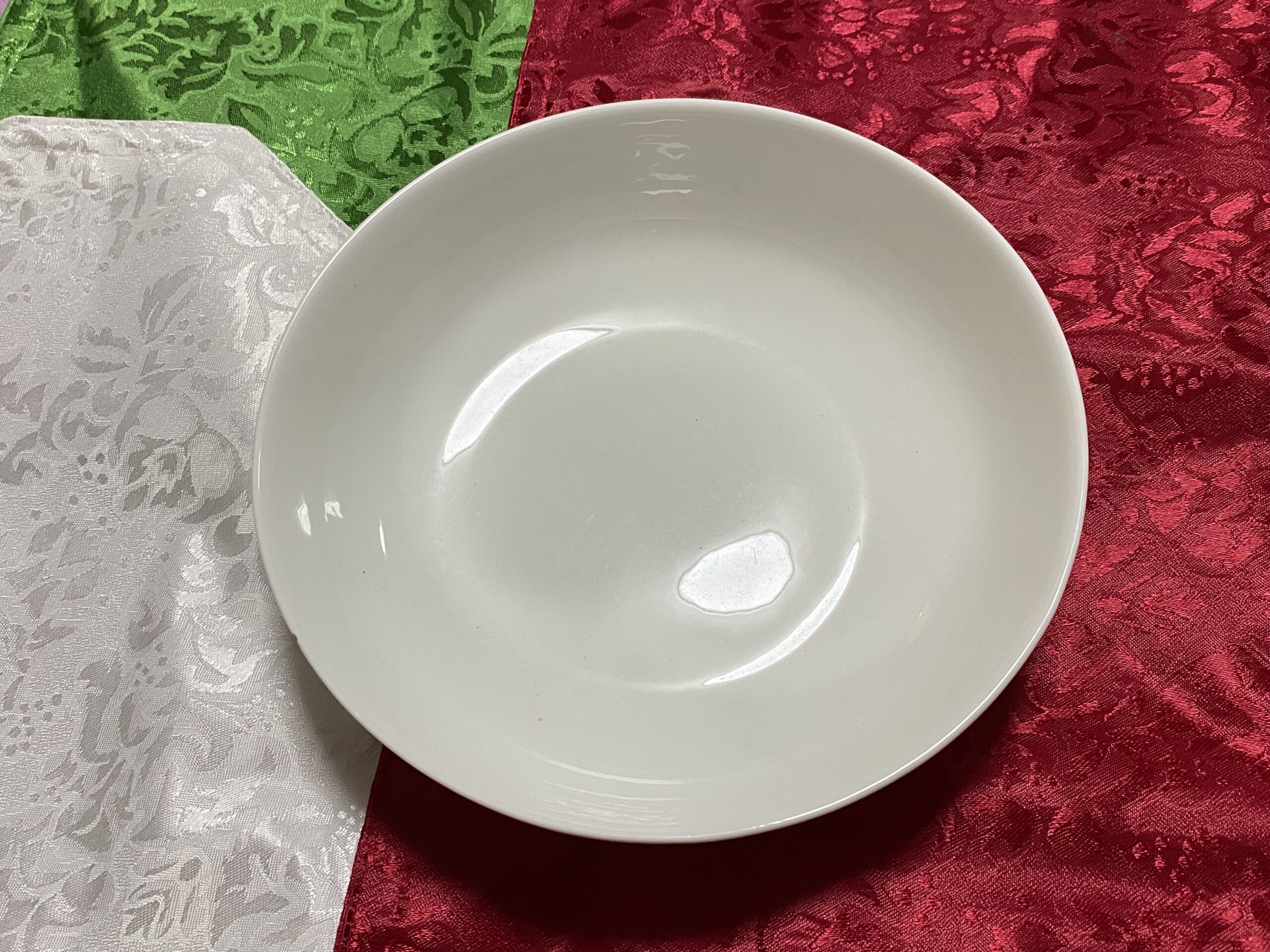
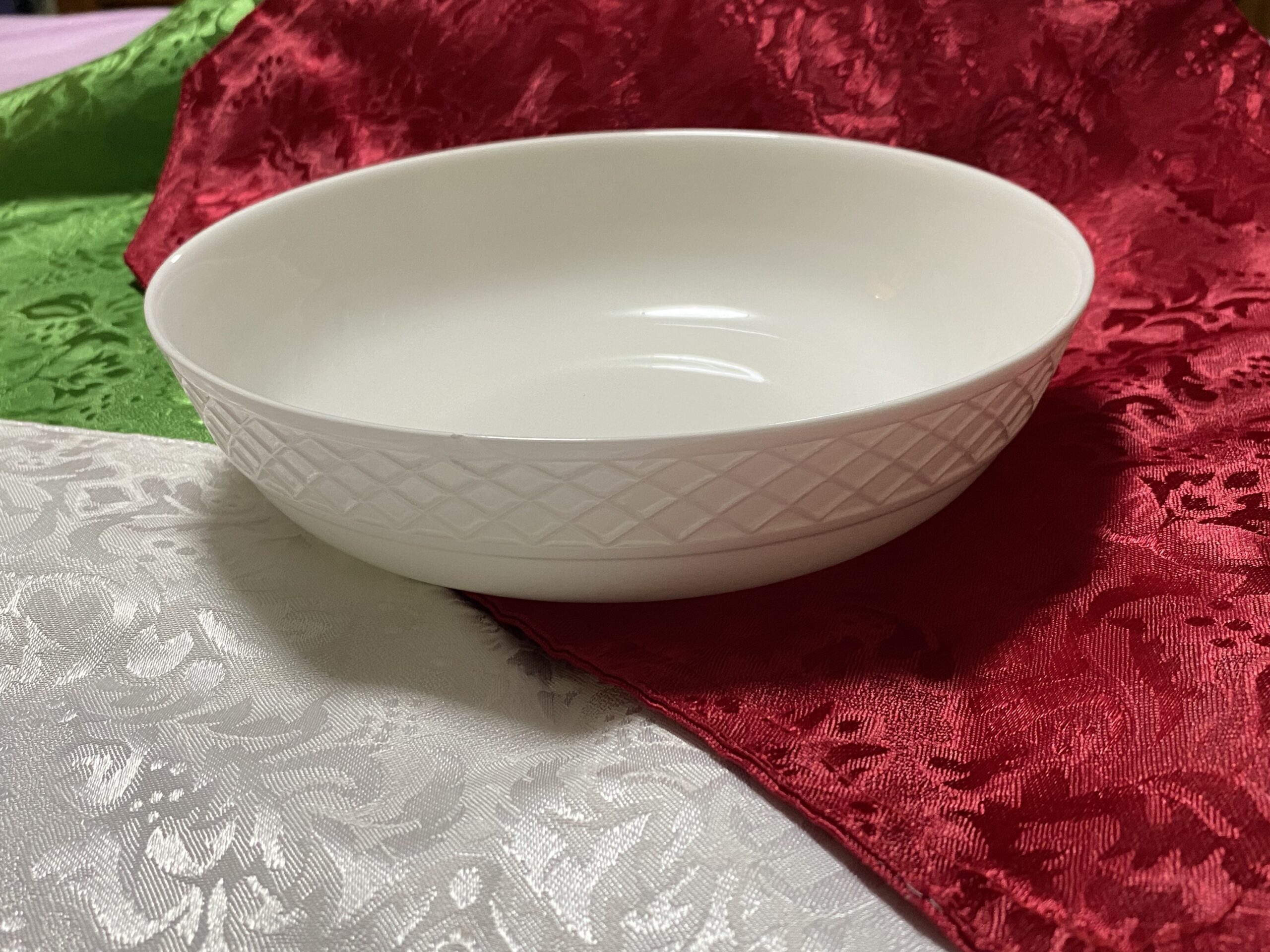
Never Miss an Important Article Again!
Join our Email List








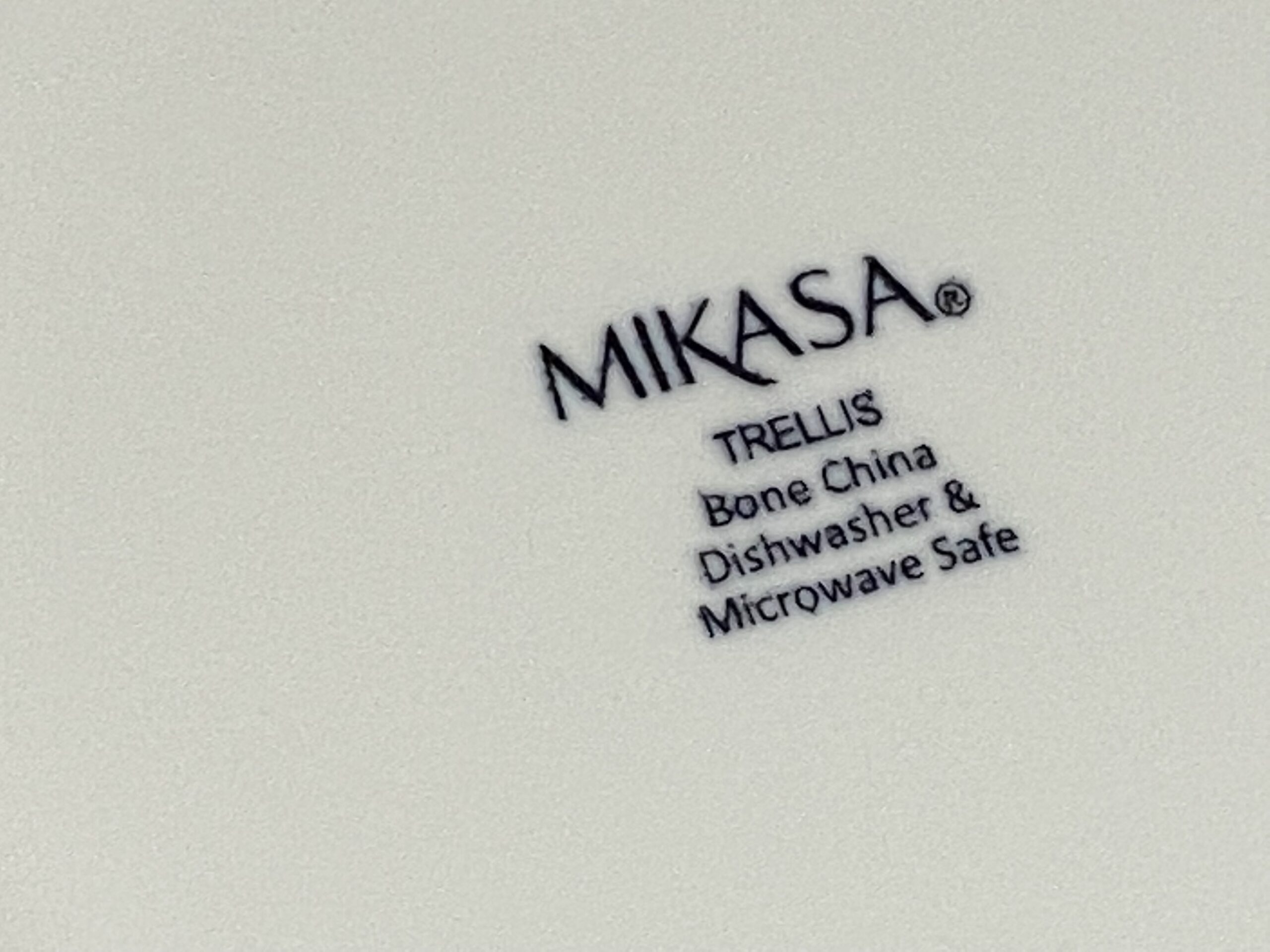
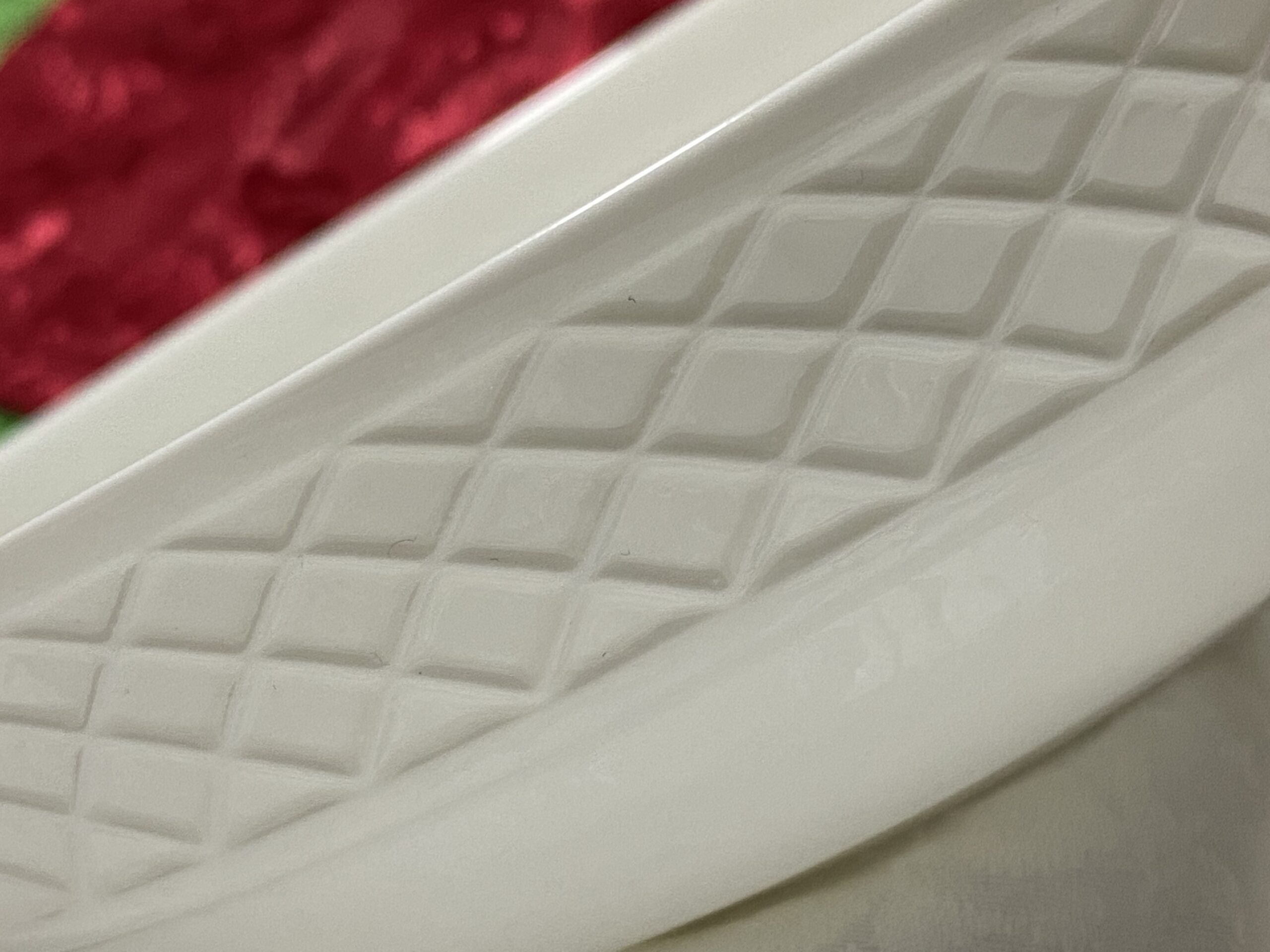
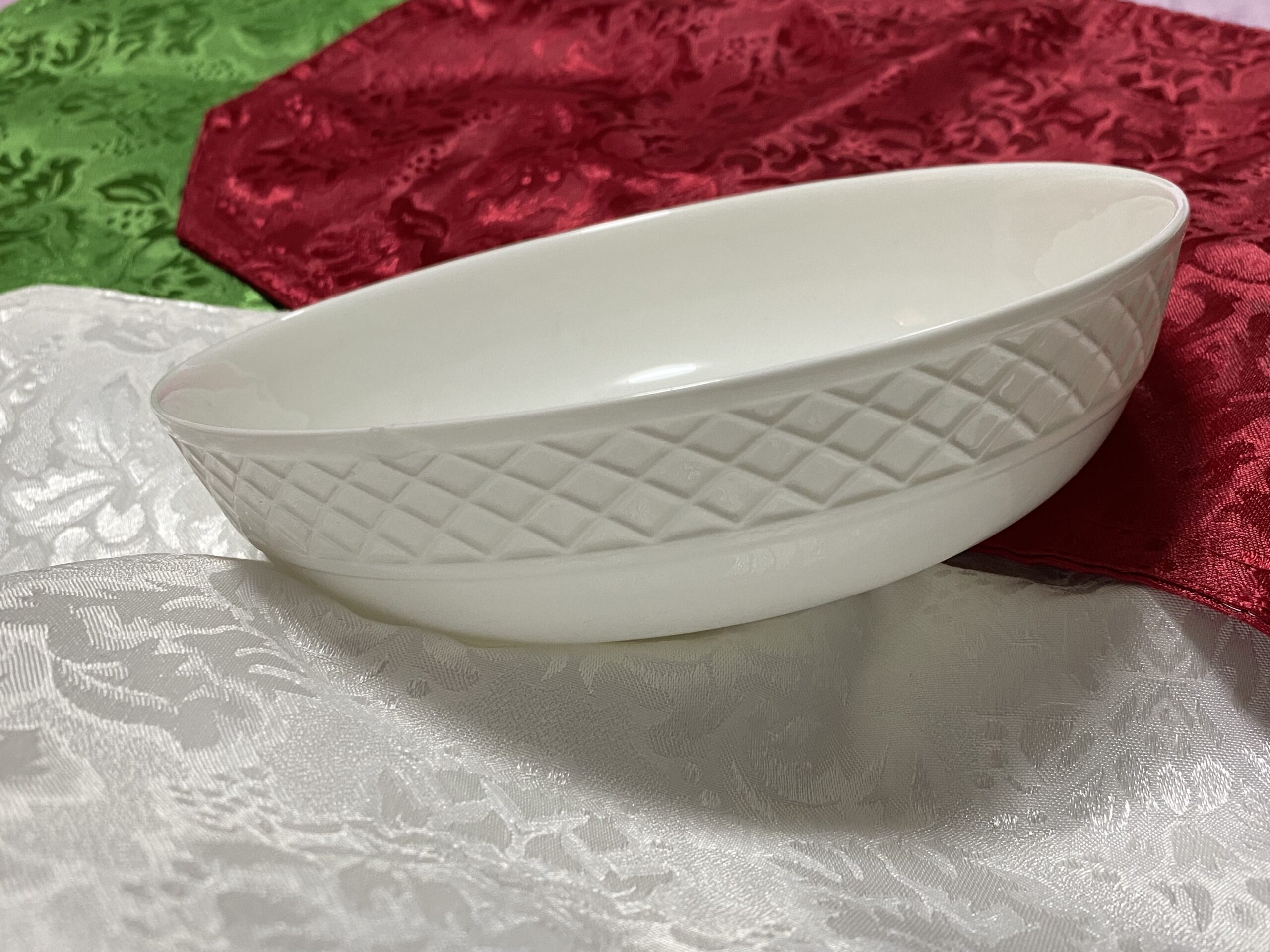

I have these dishes and also a grandson with lead poisoning.
Now what? How do I destroy them so as not to impact further contamination?
And do you have suggestions for lead free dishware?
Best Always,
Madge E. Buus-Frank
Hi Madge – given these particular dishes (in this post) are brand new it is unlikely they are contributing to a child’s poisoning, but the older versions of the Mikasa plates are quite suspect and I have found them in several homes of Lead poisoned children (not necessarily a causal relationship – but possible given the very high lead levels of some of the older pieces.) Please look through the Mikasa category of posts here on the blog and make your decision based more on the age of the piece (as it relates to others I have tested) than on the specific design. 10 years old or older is very suspect.
Here’s the link to the Mikasa overview post:
https://tamararubin.com/2020/12/todays-theme-mikasa-click-this-post-to-see-links-to-all-the-posts-i-have-written-about-mikasa-brand-products/
And here’s the post about disposal:
https://tamararubin.com/2019/12/what-should-i-do-with-my-lead-contaminated-dishes-to-toss-or-not-to-toss/
Here’s my post about the overall concern:
https://tamararubin.com/topics/does-vintage-and-new-functional-pottery-and-dishware-have-unsafe-levels-of-lead/
I see “Dartmouth”in your email address! I went to Dartmouth in the summer of 1988 for one semester! My sister graduated Dartmouth in 1990!
Tamara
I just bought these at Homegoods 2021 and 2022. Do I not use for my grandchildren?
Unfortunately I don’t know when they might have stopped using Lead, so it is hard to advise about a specific set of dishes. In general – from a political perspective I recommend avoiding Mikasa entirely.
Tamara
Hi Tamara! You mentioned above that because these are newer they may not be contributing to lead poisoning— does the xfr test measure the amount of lead that’s leaching or the amount used in the glaze? Is it safe to use brand new dishes if the company claims it follows federal guidelines?
Hi Kristi – here’s the overview post discussing the concern:
https://tamararubin.com/topics/does-vintage-and-new-functional-pottery-and-dishware-have-unsafe-levels-of-lead/
Tamara
Hi Tamara, did you test other new Mikasa dinerware that are made in China? We are using Mikasa bone china too, but ours says Made in China. thanks
Hi I just purchased this dinnerware set August 2022 at Costco . Would you say the newer are ok ? Please let me know !
I got mine at Costco too! A full set! Wondering if I should return them!
2 grown sons use Mikasa Bone China, pattern Swirl (no colored glaze) and I was ready to buy the same for myself! They are beautiful, and their lightness makes my arthritic hands happy. I’m so wishing for an update from you, Tamara. Thank you!